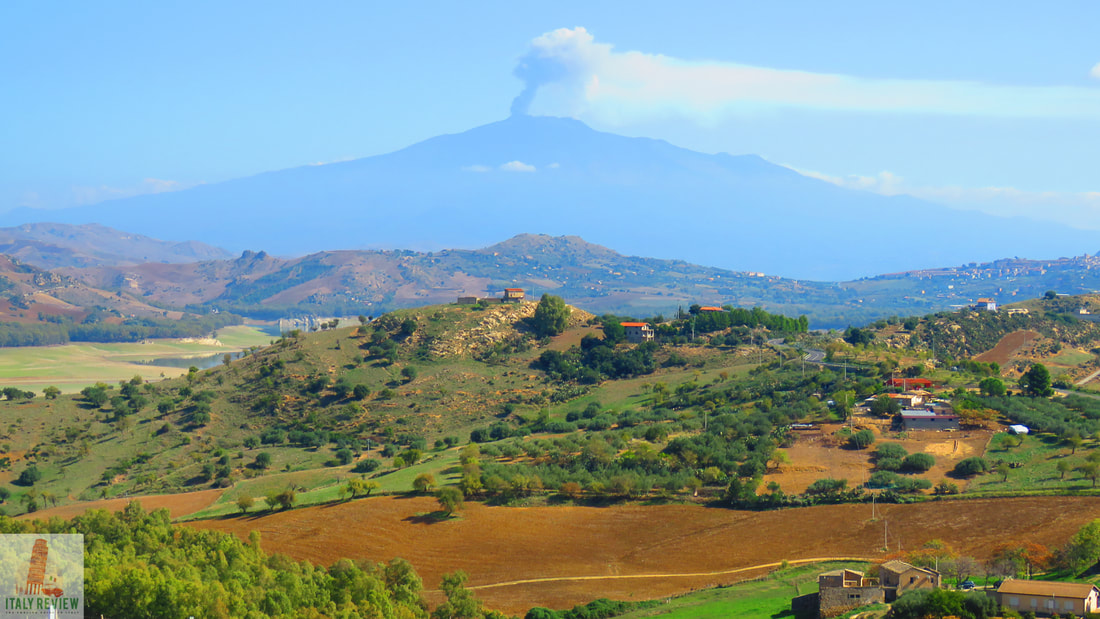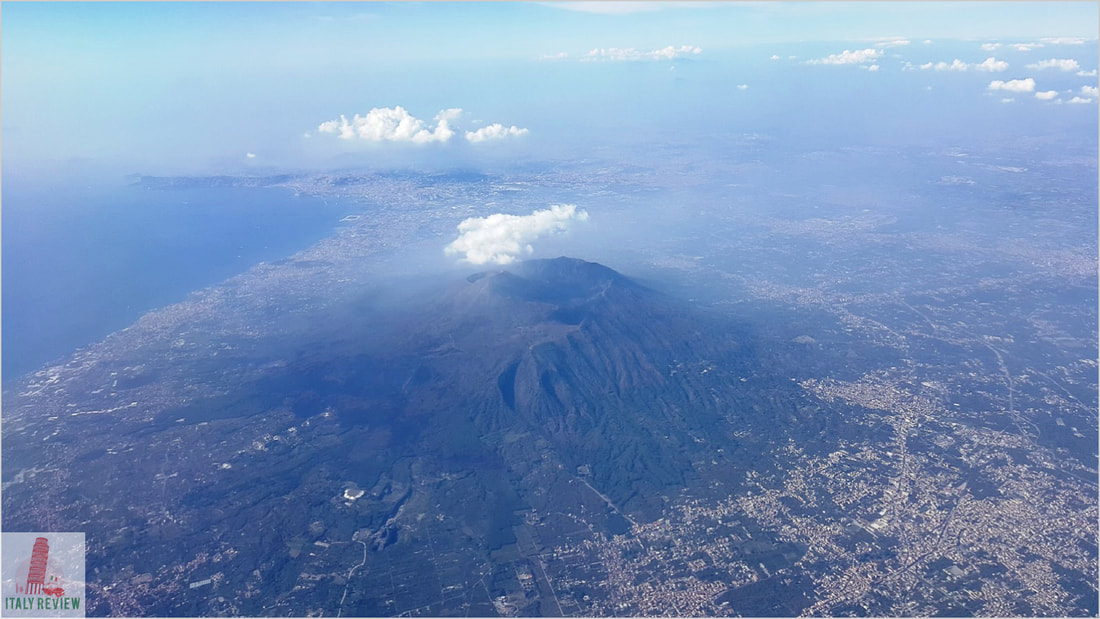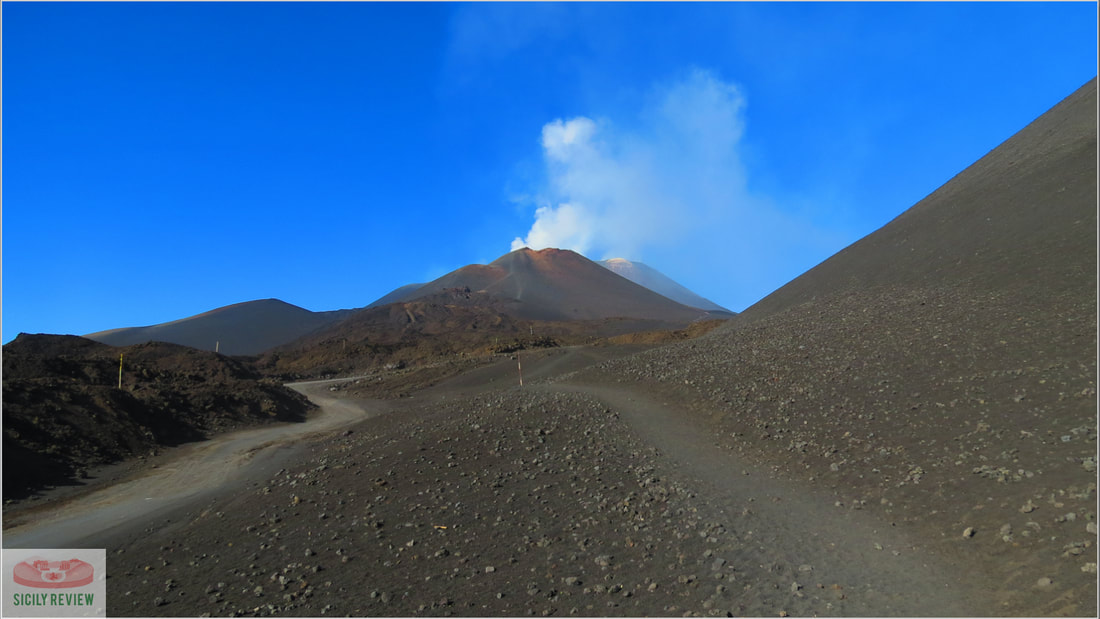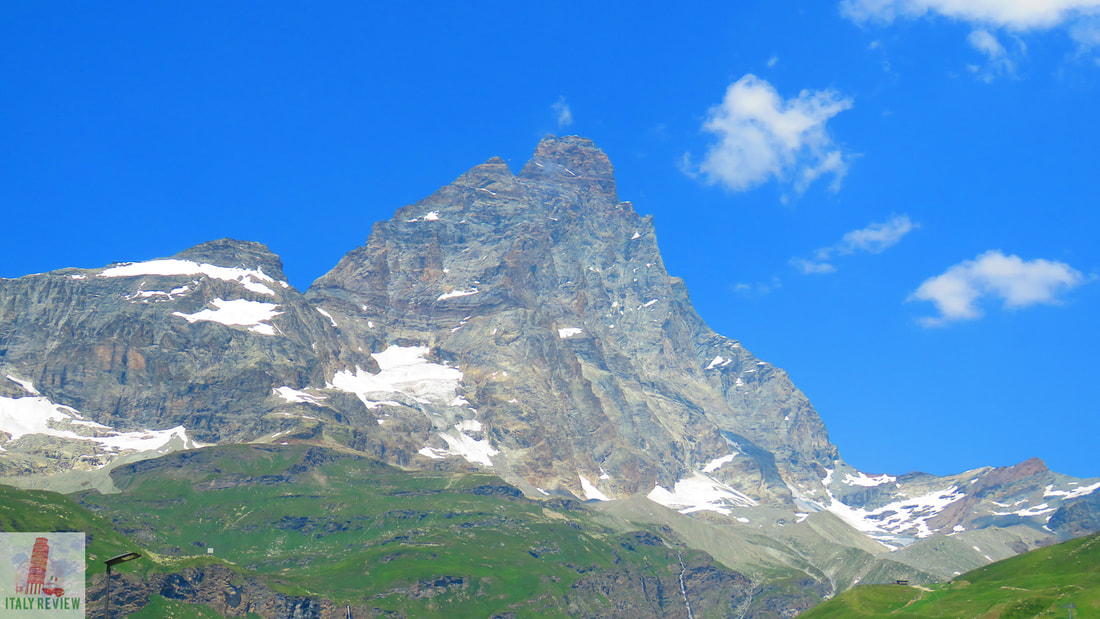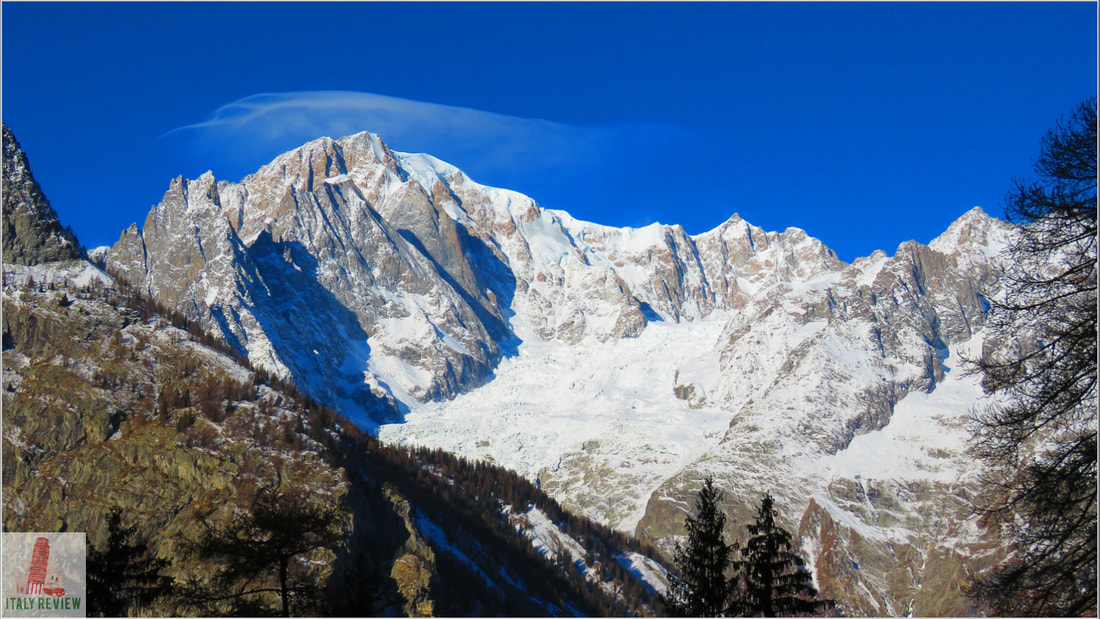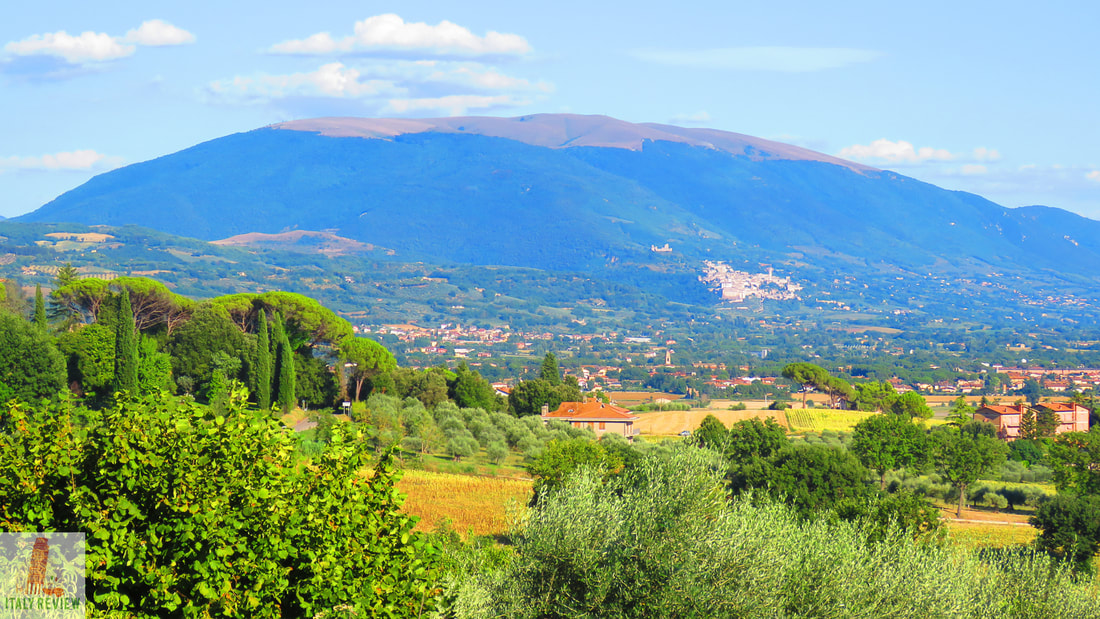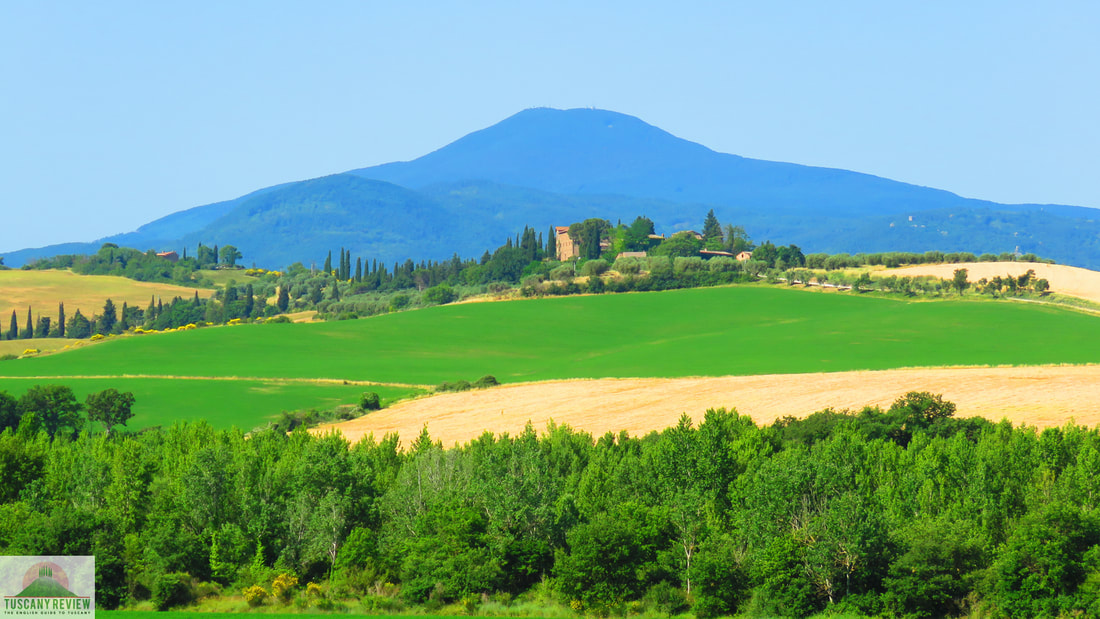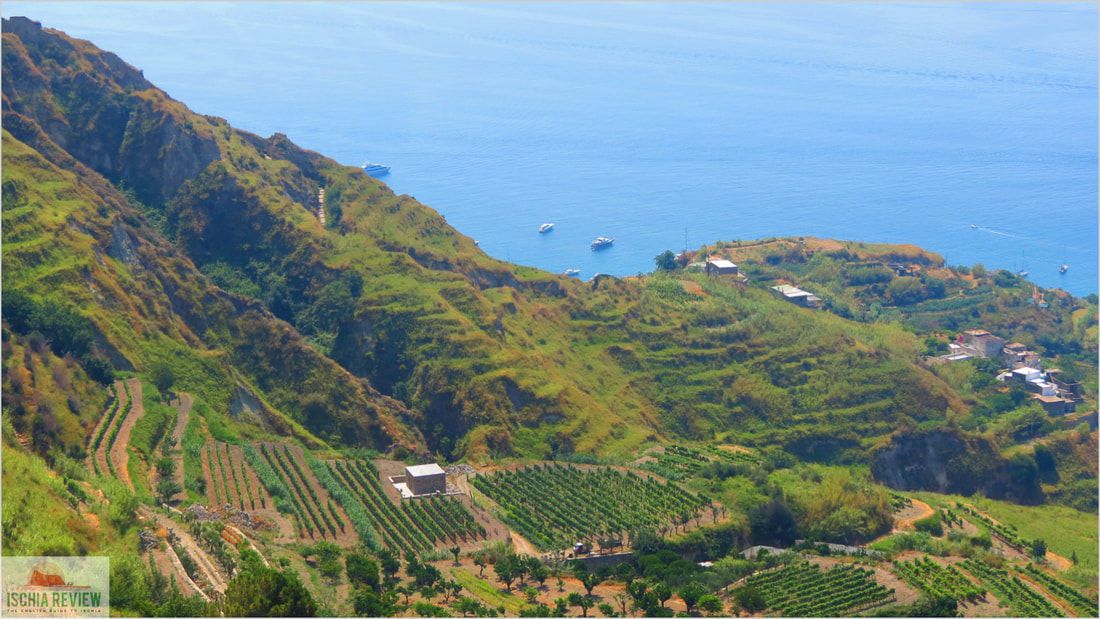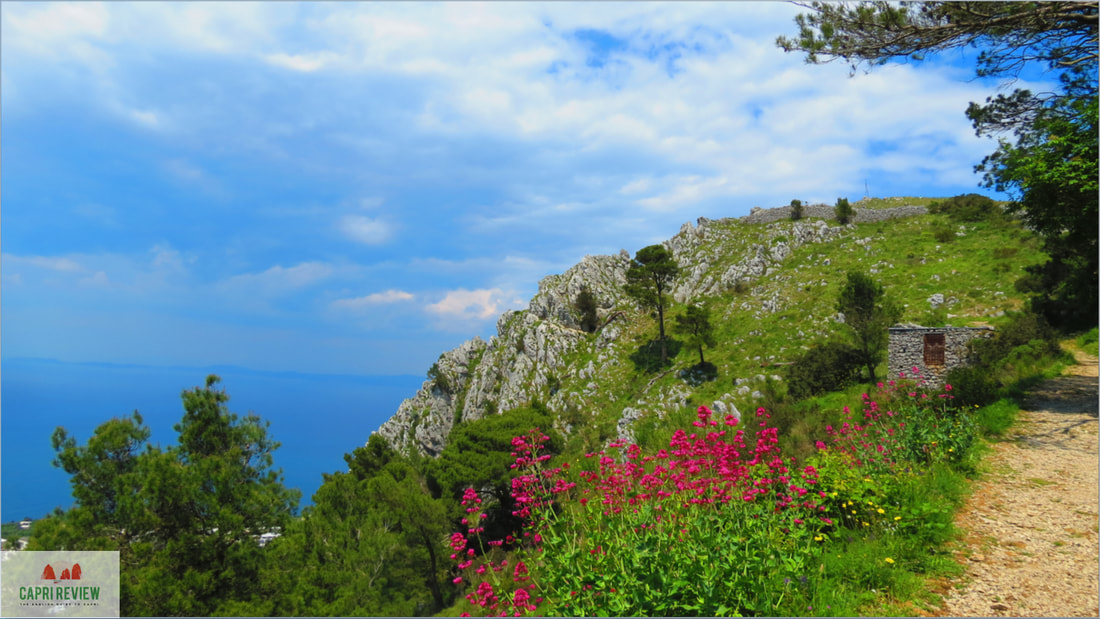Mountains of Italy
|
By Dion Protani
|
Latest update: 21 January 2024
|
|
The two most famous Mountains of Italy are the volcanoes of Mount Vesuvius just outside Naples and Mount Etna in Sicily.
Among the most distinctive of the Alpine mountains of the north are the peaks of the Matterhorn and Monte Bianco which sits astride the French border in north-western Italy. Both of these mountains enjoy imperious views over famous ski resorts. In the central Italian regions of Tuscany and Umbria, Monte Amiata and Mount Subasio can be seen for miles around while the two southern islands of Ischia and Capri contribute to the collection with Mount Epomeo and Mount Solaro. |
Related links

